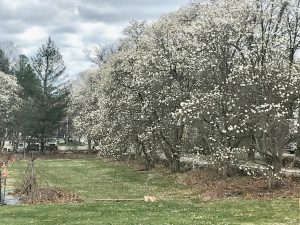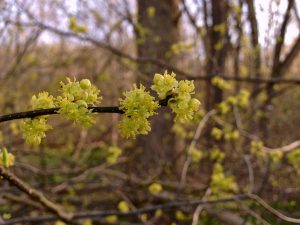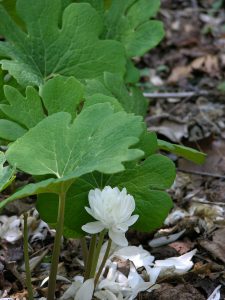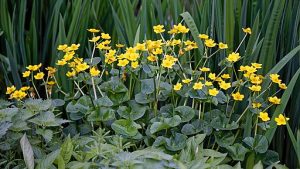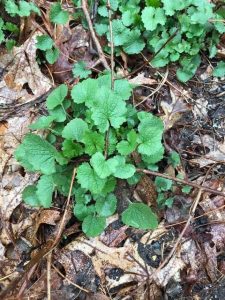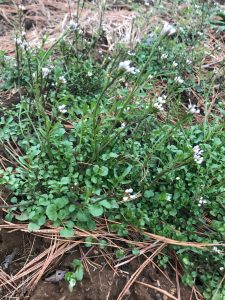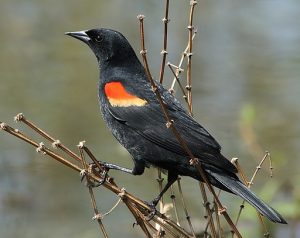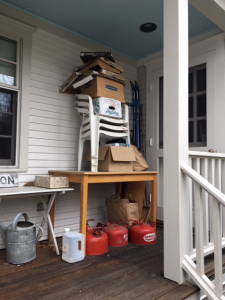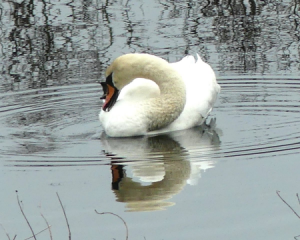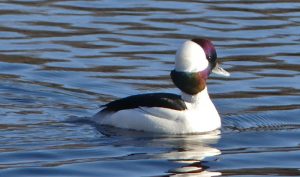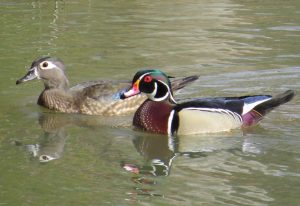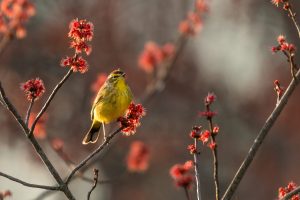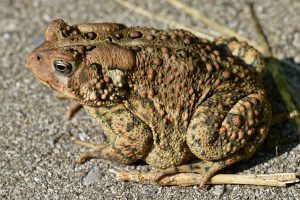Written by Gwyn Loud for the Lincoln Land Conservation Trust. She welcomes your sightings and questions at 781-259-8690 or gwynloud555@gmail.com.
In this unprecedented time of social distancing due to the coronavirus pandemic, I think we all are more aware than ever of the natural world around us. The sights and sounds of emerging spring lift our spirits and the quiet is welcome, thanks to fewer cars, planes, mowers, and leaf blowers. How lucky we are to live where we have lovely places to walk while still being safely apart.
In our gardens daffodils are in bloom, scilla makes carpets of blue, and forsythia is at its golden peak. Magnolias are flowering and the display along Lincoln Road between Doherty’s and the Police Station is as gorgeous as ever. In the most recent newsletter from Mt. Auburn Cemetery I learned that magnolias, “as members of the botanical family Magnoliaceae, are descendants of some of the earliest flowering plants. Fossil remains show members of this family grew in the Cretaceous Period (145-65 million years ago)…This genus, Magnolia, was named by Carl Linnaeus (1707-1778), father of modern taxonomy, and honors the French botanist, Pierre Magnol (1638-1715), Director of the Royal Botanic Garden of Montpellier, and professor of botany.”
As for wild flora, when walking in the woods you may come upon spicebush, with delicate yellow flowers. Bloodroot is in full bloom and along stream sides watch for marsh marigolds, soon to flower. Garlic mustard is easy to spot so now is a good time to pull this troublesome invasive. Bittercress is blooming; easy to overlook, this little wildflower with tiny white blossoms pokes up in lawns or, at my house, in between flagstones. Dandelions are just starting to add dots of yellow to lawns.
Bird song is all around us as males stake out territories and seek mates. Although for most species the males are the choristers, according to the www.allaboutbirds.org website, some females also sing. ” Northern cardinal female cardinals sing regularly, red-winged blackbird females sing a rapid-fire tut-tut-tut-tut-tut! in response to the male’s conk-a-reeee…. Baltimore oriole females sing during nest building, and house finch females sing.” One local observer wrote, “Every day starts with a chorus of killdeer, northern flickers, robins, red winged blackbirds, cowbirds, mockingbirds, song sparrows, grackles, and Carolina wrens, which drown everyone else out.”
Carolina wrens are early nesters and several observers have reported watching them build nests in porch corners or even inside a cardboard file box left on a back porch. Bluebirds have also started nesting in bird boxes around town and house finches are likely to take up residence in your old Christmas wreath if it is still hanging. Canada geese are nesting on banks of ponds or on islands, and wood ducks are nesting in cavities in trees or in wood duck boxes provided for them. Wood ducks, reported from many places in town, may nest in tree holes as high as sixty feet, sometimes near water but also up to 1.2 miles away. A resident reports it is likely wood ducks are nesting, as they have for years, in a tree in Brown’s Wood. More than one female may lay eggs in the same cavity in a practice called “egg dumping”: a second female lays eggs, leaving the first female to incubate over twenty eggs. When the chicks hatch they are alert, covered with down, and the day after hatching they leap to the ground from the nest hole and follow the mother to the pond. This is a dangerous journey if the tree is not close to water.
Killdeer, in the plover family, nest on the ground in plowed fields and Lincoln’s farmers try to avoid harming the nests. Finding the nest is challenging, however, as the eggs, which look like stones, are laid in a little depression on the bare earth. One clue to a nearby nest is to see a killdeer doing the broken-wing display, as it tries to lure predators away from a nest by pretending to be injured.
Some of our winter avian residents such as dark-eyed juncos and white throated sparrows will soon leave us to breed farther north but newcomers from parts south arrive every week. Eastern phoebes, with their raspy two-syllable “fee-bee” call, turned up in March, the diminutive chipping sparrows are back, and one of the early warblers, the pine warbler, can be heard trilling from- you guessed it- high in pine trees. Another early warbler, the palm warbler, was spotted and soon we should be seeing yellow-rumped warblers. Tree swallows are here, glinting with iridescent blue in the sun, and barn swallows will return soon. Other notable recent bird sightings include red-breasted nuthatches in a couple of places, brown creepers, rusty blackbirds, common ravens, winter wrens, and, behind St. Anne’s, a ring-necked duck, hooded mergansers, and golden-crowned kinglet. Buffleheads were spotted on Valley Pond, unusual in that location and mute swans glide gracefully on Farrar Pond.
The migration of salamanders and wood frogs occurred as always, probably spread out over a number of wet evenings and safer for them this year due to the reduced traffic. Wood frogs were still croaking until recently but by now eggs are laid and the adults have returned to their upland habitat for the rest of the year. Spring peepers will continue to chorus and very soon, on a warm day, listen for the high steady trill of the American toad. Check out https://musicofnature.com/calls-of-frogs-and-toads-of-the-northeast/ to hear the call. The toads lay eggs in shallow water in strings of jelly, looking like black necklaces. Reptiles such as turtles and snakes are emerging as the weather warms. Painted turtles bask in the sun on logs in ponds and Corey Nimmer, writing from the Flints’ farm, wrote, “Yesterday we helped a snapping turtle that probably weighed about 40 lbs cross Lexington Road, and she seemed to be on her way to lay some eggs near the vernal pool near Wheeler Field. She looked familiar, I’m fairly confident she lives in our cow pond and has done so for many years.”
Our common mammals are active and observers have reported seeing woodchucks (vegetable gardeners beware) and red foxes. As naturalist Mary Holland explained on her blog, “After spending their first five weeks under the ground, young red foxes get big and brave enough to come out and see the world for the first time. The gray coat which they have had since birth will soon be replaced by a sandy-colored coat. This second coat matches the sandy soil outside of the den and thus helps camouflage them. A third reddish coat, the adult coat and one for which they are named, grows in when they are about three months old.” One resident wrote that while he was burning a brush pile a young coyote kept him company all day, looking here and there for its next meal.
Lastly, please celebrate Earth Day on April 22 in your own way. 2020 marks the 50th anniversary of this day which draws attention to how we can help the health of our planet. And, as I wrote last month, in this time of worry and disrupted lives due to the coronavirus pandemic I hope you can find peace and comfort in the rhythms and beauty of nature around us.
© Gwyn Loud


